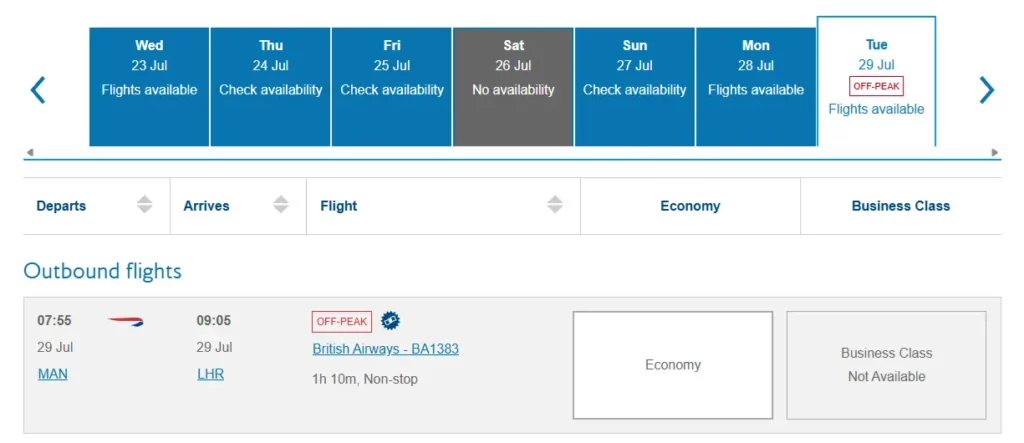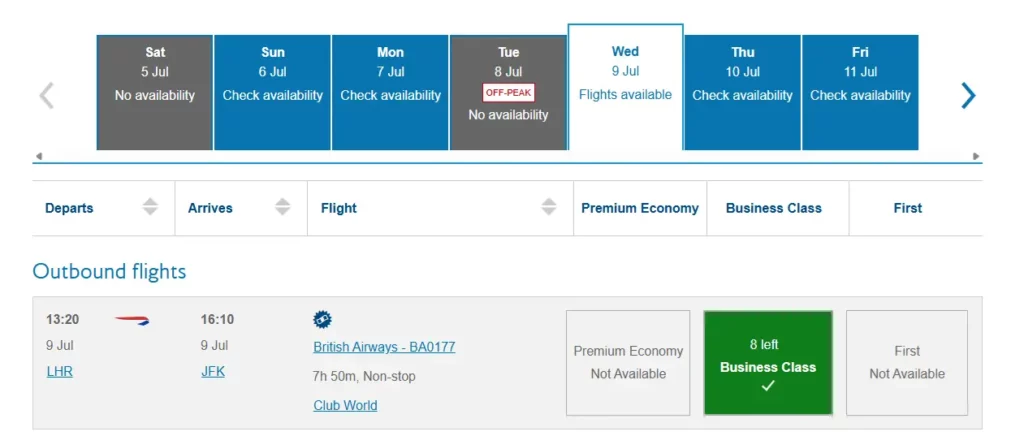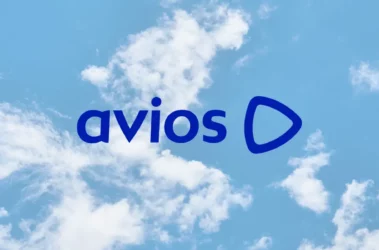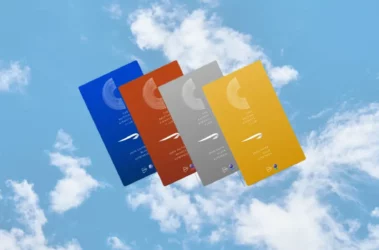Reward Flight Saver means lower taxes using more Avios
Introduced over a decade ago, and having been through a number of changes, RFS is a way for BA to allow you to book reward flights with a lower cash element by spending more Avios. It’s ideal if you’re Avios-rich, as it helps mitigate the high fees and carrier surcharges associated with a flight.
What is British Airways Reward Flight Saver?
RFS is an option that BA enables on selected flights, allowing you to reduce the cash element of a reward flight booking.
The cash element of an Avios booking is made up of three parts:
- Taxes and Fees, as levied by the airport or the government.
- Carrier Surcharges, which are the most contentious of the three. This is an amount added by the airline effectively for income/margin.
Any Avios flight will include all three of those elements. They can add up to a significant amount, especially in Business or First.
BA cannot reduce the amount it has to pay in taxes and fees for a flight; these are dictated by the airport and country from which you depart. With RFS, it’s just swapping some of your Avios points for a reduction in the Carrier Surcharges. The fees that it applies itself.
Which flights could have Reward Flight Saver?
BA’s rules dictate that First Class seats will not have RFS, and, weirdly, you must have earned at least one Avios point over the last year to be eligible to use RFS. That could be from flights, credit cards, Avios Shopping, Uber. It could also be from transferring points from another Avios airline (like Iberia, Finnair, Aer Lingus or Qatar).
RFS is not available on partner bookings or on any BA franchise flights.
The most important rule – and one that you cannot sensibly get around – is that all flights within a booking must have RFS for it to be used across the booking itself. A connecting flight from Manchester to London will usually have RFS, but if an onward flight to New York does not have RFS, then that’s removed from all flights in the booking. The reality is that in writing this article, I have carried out many dummy bookings, and they all had RFS.
If you did come across a connecting flight that did not qualify for RFS, you could book the flights separately to utilise it. That’s not advisable for connecting flights. If your first flight was delayed, BA would accept no liability for getting you to your final destination. Connecting flights booked under the same ticket mean the airline has to get you there.
How often can you get an RFS flight?
Depending on the route and dates, you might see that most flights will have the blue “RFS” icon. For example, flying from Manchester to London shows that every flight available to book using points over the next two weeks has RFS activated. Looking at long-haul flights from London to New York and Doha, RFS, I am yet to find a flight that doesn’t have RFS.

Is RFS linked to off-peak dates?
No, RFS can be active on peak or off-peak dates. There is no link between them. I recently wrote about all the off-peak redemption dates in 2025 and 2026 in case you want to view them. The off-peak dates will, however, result in fewer points being needed for flights.
How much does RFS save you in terms of taxes?
When you make an Avios booking and the flight has RFS, it’s actually quite hard to see the difference versus a normal flight. Here’s an example of a return flight to New York in Business Class (Club World) for one person. This booking includes the use of a Companion Voucher to reduce the total Avios needed.
This is the flight that I’m about to book, and there’s a blue “RFS” symbol next to it.

On the next page (pricing) for the booking, you can see that the pre-selected option is to spend 90,000 Avios and £375 in taxes. This is Reward Flight Saver in action.

So, what does RFS do on this booking?
London to New York is around 3,500 miles. Avios redemptions with BA work on a distance basis, and that means that the flight is in Zone 5, and that should be 120,000 miles per person return.
I’m using a companion voucher, which would cut that to 60,000 points for the return flight. Yet the default option on the pricing page is to use 90,000 points and pay £375 in taxes. The option to use 90k or 75k miles is Reward Flight Saver.
I should be paying £875 in taxes, and the 60,000 points. Instead I can choose to use a higher amount of Avios, and reduce the taxes.
Is Reward Flight Saver actually worth it?
I’m saving a total of £500 in taxes for 30,000 Avios. If you were to value Avios at 1p (I’ve written about how to value Avios points), then this is a good deal. I would value the 30,000 Avios at £300.
If you don’t have the Avios points needed, then to buy 30,000 Avios would cost £545 right now. That means you’d be losing £45. However, there are occasional Avios sales which would bring that total price down and deliver a saving.
Using Avios Boost, I could buy (boost) 30,000 Avios for £288.03, which would mean I was still making a saving. Boosting points happens immediately, meaning that you could spend just under £300, then immediately reduce the cost of your taxes by £500.
I think the biggest confusion around RFS is caused by the fact that it’s present during part of the booking process, but it’s very unclear as to what it will actually do. Once you get into the pricing page there’s no indication that it’s active, and what it means.
Can you use a Companion or Upgrade Voucher with RFS?
Yes. If you’re booking a reward seat using an Amex Companion Voucher, or a Barclays/Barclaycard Cabin Upgrade voucher, then you will be able to utilise it. You’ll spend more points reducing the taxes, but you’ll use less points as the voucher will cut the points required in half.





Add a comment